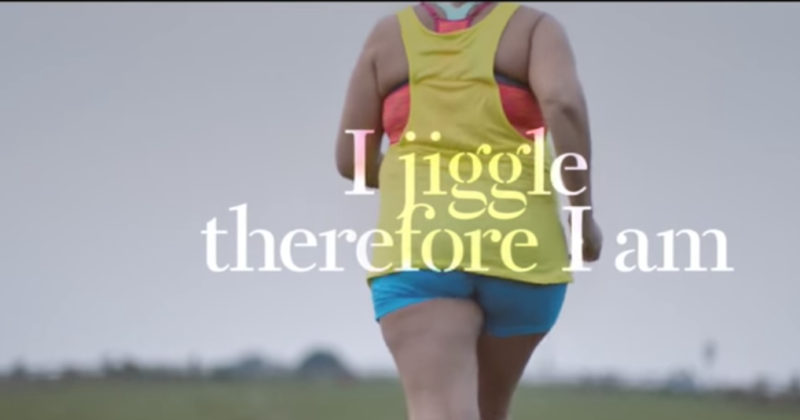Insight and testing helped ‘This Girl Can’ inspire 2.8m British women to exercise
Insight and testing, not preaching, was key to the success of the British Government’s This Girl Can campaign in driving behaviour changes, according to its architect, Tanya Joseph.
Joseph told the audience at Mumbrella’s Health & Wellness Marketing Summit that while the campaign took a year from the first discussions to the above the line launch, the majority of time was spent gathering and testing insights.



Is this sexist? I mean all these women exercising without men…